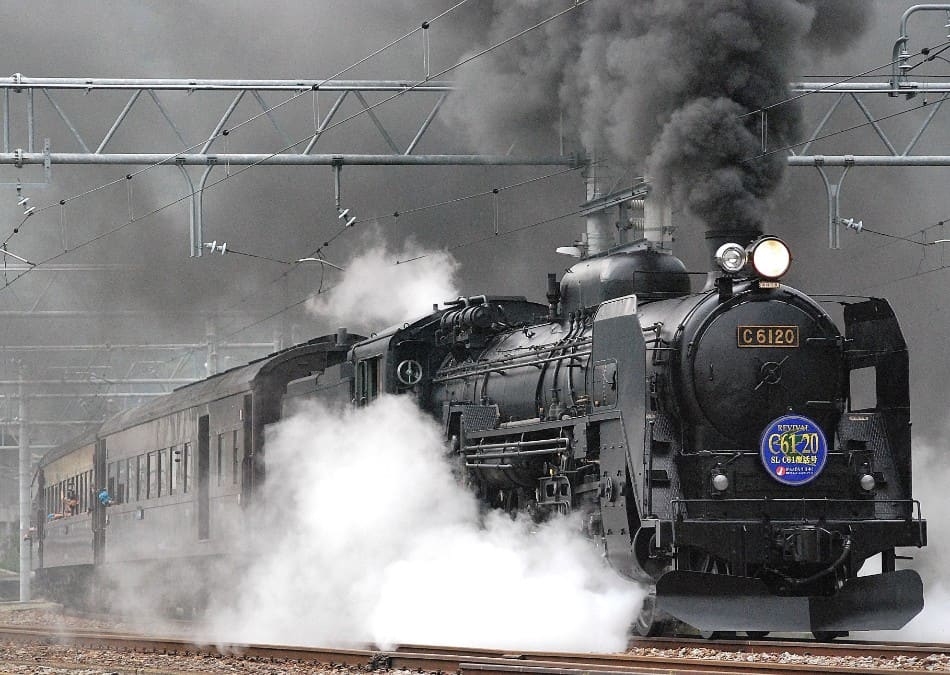Shortly after I finished the manuscript that would eventually land me an agent, I got lucky. I was accepted into a short mentoring program with the brilliant author David Liss. He was generous enough to read my entire manuscript (well beyond the scope of the mentorship) and give me sage advice that has driven my writing ever since: “More conflict.” (He said it more eloquently and tactfully, but that was the gist of his advice. My novel needed more conflict. Lots more.)
We hate conflict
Most of us shy away from conflict in our daily lives, avoiding tough conversations with our BFFs, refusing to confront co-workers or bosses about workplace issues, and steering clear of dark alleys after midnight. Is it any wonder, then, that we tend to take it easy on our characters, as well? Chances are you like and admire your protagonist—you don’t want to hurt her or make life hard for him. Unfortunately, that mindset results in a boring book and a less-than-satisfying reading experience.
Why? Because characters who don’t face conflict have no reason to change, and watching a character change and grow (or implode) is what grabs a reader. Think of it this way. Without the wolf, Little Red Riding Hood is about a girl walking through the woods to visit her grandma. Gripping.
Without the Civil War and Ashley Wilkes’ rejection, Gone with the Wind is the story of a woman getting married and living on a prosperous plantation. Yawn.
Without Voldemort and his Death Eaters, Harry Potter is about a boy going to school. Wizard school, granted, but still. A few potions, spells and Quidditch alone can’t keep readers turning 4,224 pages. Conflict is at the heart of all memorable stories.
What readers want
Readers want to see protagonists grapple with and overcome the problems that life hurls at them (or that they bring upon themselves). Readers become emotionally involved when protagonists they care about face challenges, setbacks, and tragedy, when they have to make tough decisions, battle inner demons (and sometimes embodied ones, depending on the genre), and reach deep into their souls to find out what they care about and what they’re made of. (See our previous article on internal conflict.) That’s engrossing. Conflict is the engine that powers stories forward by driving change.
Three important truths about conflict in storytelling
- Stories don’t move without conflict
- Characters don’t grow or change without conflict
- Readers don’t experience emotion without conflict
You might be thinking, “I’ve got murders and battle scenes and alien-vampire-mutants. My story reeks of conflict.” Not necessarily. In fact, I guarantee that no more than a handful of you have layered conflict in your stories in a way that tests your characters to their full extent and gives readers a hugely satisfying reading experience. The conflict in your novel is probably more of a Thomas the Tank Engine, a kid’s choo-choo, than a powerful locomotive.
Fear not. Over the next few weeks, I’ll continue this series by
- Defining conflict and outlining the four types of conflict (not that man-vs-man/man-vs nature stuff you learned in middle school) and ways to layer them into your stories
- Suggesting ways of thinking about conflict as you create your characters and structure your plots, including Four Steps for Increasing Conflict
- Encouraging you to write with a “What could be worse?” mindset
When we’re done with this series, your characters will be much more miserable than they were, and your readers will be much more satisfied. A good trade-off, don’t you think?

